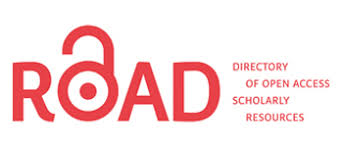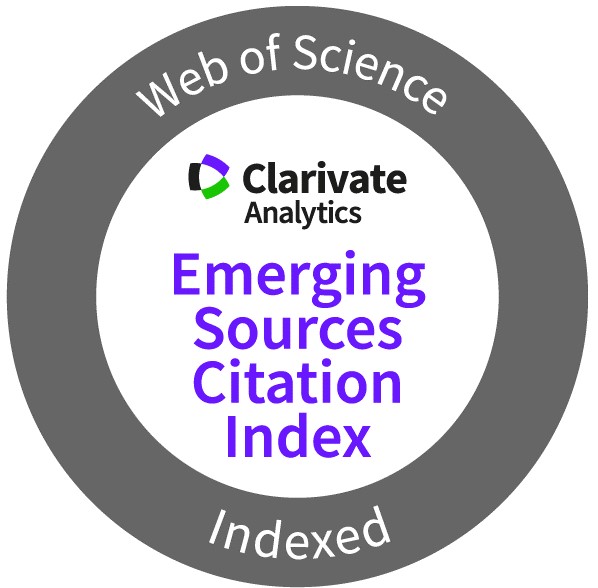La evaluación del prejuicio sutil y manifiesto hacia colectivos indígenas e inmigrantes de países limítrofes
Resumen
En las últimas décadas, producto de los avances en el estudio de este fenómeno fue necesario desarrollar instrumentos de evaluación que permitan dar cuenta empíricamente no solo de las formas de expresión tradicionales, hostiles y directas del prejuicio, sino también de aquellas menos evidentes y mejor adaptadas a los valores modernos de tolerancia y no discriminación que los sistemas democráticos promueven. Así surgieron los estudios acerca del prejuicio sutil y manifiesto, que en el contexto latinoamericano se han orientado principalmente al estudio del prejuicio hacia grupos étnicos minoritarios como los pueblos indígenas y también al estudio de grupos sociales vulnerables como los inmigrantes provenientes de países limítrofes. En el contexto argentino no se han hallado estudios que analicen el prejuicio hacia ambos grupos mencionados. Además, existen ciertas controversias en cuanto a la validez de constructo de la escala de prejuicio sutil y manifiesto, particularmente en lo que respecta a la distinción entre ambas dimensiones. Por último, este trabajo destaca que las formas sutiles del prejuicio no son inofensivas, sino que contribuyen fuertemente a la emergencia de las formas manifiestas.
Publicado
Cómo citar
Número
Sección
Los autores que publican en esta revista están de acuerdo con los siguientes términos:
- Los autores conservan los derechos de autor y garantizan a la revista el derecho de ser la primera publicación del trabajo al igual que licenciado bajo una Creative Commons Attribution License que permite a otros compartir el trabajo con un reconocimiento de la autoría del trabajo y la publicación inicial en esta revista.
- Los autores pueden establecer por separado acuerdos adicionales para la distribución no exclusiva de la versión de la obra publicada en la revista (por ejemplo, situarlo en un repositorio institucional o publicarlo en un libro), con un reconocimiento de su publicación inicial en esta revista.
- Se permite y se anima a los autores a difundir sus trabajos electrónicamente (por ejemplo, en repositorios institucionales o en su propio sitio web) antes y durante el proceso de envío, ya que puede dar lugar a intercambios productivos, así como a una citación más temprana y mayor de los trabajos publicados (Véase The Effect of Open Access) (en inglés).










